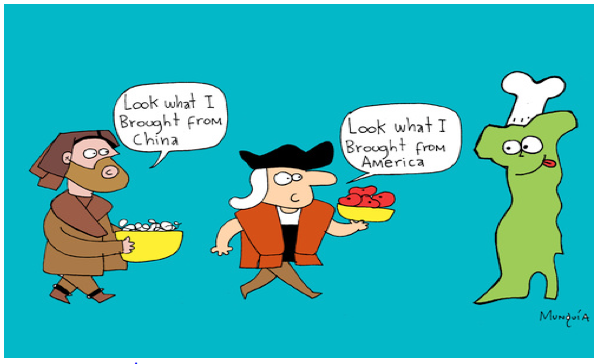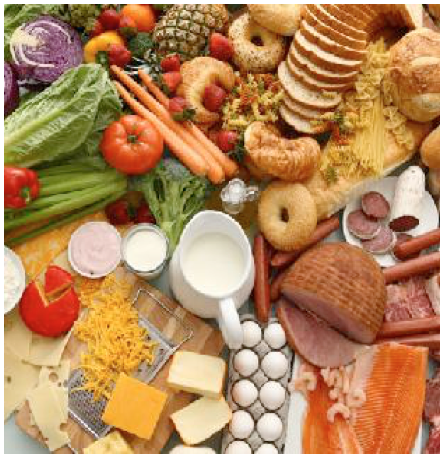-
Lecture 3
- The Young Learner 30 minLecture1.1
- The Foreign Language 10 secLecture1.2
- The Communicative Context 30 minLecture1.3
-
-
Teacher Education Tasks 6
- Task 1 20 minLecture2.1
- Task 2 10 minLecture2.2
- Appendix 1 10 minLecture2.3
- Appendix 2 10 minLecture2.4
- Appendix 3 10 minLecture2.5
- Appendix 4 20 minLecture2.6
-
-
Assessment & Reflection 2
- Module 1 – Theory 5 questionsQuiz3.1
- Module 1 – Practice 1 questionQuiz3.2
-
-
Activities 1
- Module 1 Activities 30 minLecture4.1
-
-
References 1
- References 30 minLecture5.1
-
Task 1
Consider the materials and activities in the Appendixes 1, 2, 3 and 4:
1. Number the tasks and define them according to teaching procedures (e.g warm-up, presentation, practice, production).
2. Indicate the learning outcomes of each task by referring to Bloom’s taxonomy: which cognitive skills are involved?
3. What task could be used for extension? Why?
4. Indicate in the table below which communicative functions, speech acts and corresponding exponents may be taught by using the text “Healthy Food”.
| Function | Speech act | Exponents |
| Personal | ||
| Interpersonal | ||
| Directive | ||
| Referential | ||
| Imaginative |
APPENDIX No. _____________
Step: _____________________________________
Search for the origin of your favourite foods, then report to the class.

APPENDIX No. _____________
Step: _____________________________________
READING COMPREHENSION
“Healthy Food”
All vegetables and fruits are healthy. Fruit and vegetables may be any colour, shape or variety. They can be fresh, frozen, tinned or dried. They may be raw, cooked or boiled. Variety is important. Try to choose different coloured fruit and vegetables, particularly orange, green and red. Some examples are melon, stone fruit, broccoli, spinach, leafy greens, tomatoes, carrot and pumpkin.
Fruit juices are not necessary – it is better to eat the fruit instead and have a glass of water. Fruit juices may be a good source of some vitamins, but they are high in natural sugars and low in fibre. If you include fruit juice in your diet, limit this to one small glass per day. Potato chips are not the best way to eat potato – chips and crisps are made from potatoes but prepared by cooking in oil. They are high in fat and salt, and best left for your birthday parties.
TRUE / FALSE Questions
1. Only some vegetables and fruits are healthy
2. Fruits and vegetables can be cooked
3. Fruit juices are healthy because high in natural sugars
4. It is better to eat the fruit instead of having a glass of water
5. You can have potato chips at your birthday party
APPENDIX No. _______
Step: ___________________________

1. How many types of food can you recognize in the box (picture)?
2. Can you sort them into different groups?
3. Can you define each group according to the features written in the table?
4. When can you eat them?
5. Which types did you find difficult to classify? Why?
6. What are your favourite foods on the table?
| FOOD NAME | SHAPE | COLOUR | TASTE |

